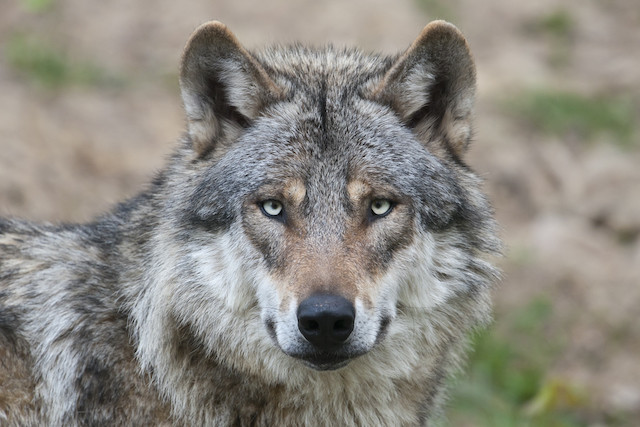In a statement issued on Wednesday, the ministry shared the results of DNA tests from saliva obtained from the sheep bite wounds. The tests were conducted at the Senckenberg-Institute, a reference laboratory in Gelnhausen, Germany.
“The animal which killed three sheep in the Niederanven area was clearly a wolf. Consequently, the sheep farmer will be compensated 100%,” the statement read.
The wolf is thought to be from a central European lowland population, found between the centre of Poland and Lower Saxony in Germany. It is the third confirmation of the presence of at least one wolf in Luxembourg.
The first traces were reported in 2017 in the Holzem-Garnich area (south-west Luxembourg). This wolf originated from the Alpine population, mainly found in the French and Italian Alps. Evidence of the presence of a wolf was then found near Fouhren (northeast Luxembourg) in 2018. The ministry did not confirm the origins of this wolf.
It said: “Overall, the events of recent years suggest that Luxembourg is in the middle of a large region where the central European lowland population and the Alpine population are merging. In Belgium, wolves from both populations have already been detected.”
The ministry added that it was not known whether the wolf detected in the Niederanven area was still in the area or had migrated further. In any case, the ministry is monitoring the situation and urged the public to email [email protected] if they find signs of the presence of wolves in Luxembourg.
Wolves are protected across Europe and in 2017 Luxembourg published an action and management plan for the return of wolves. Encounters between humans and wolves are extremely rare because they are shy on principle.
